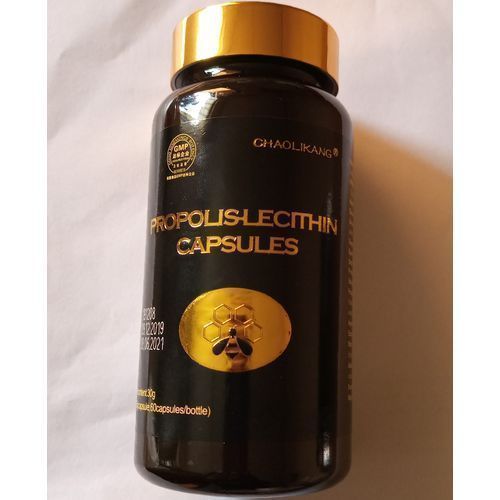| Production Country |
USA |
| Weight (kg) |
0.2 |
Malva vulgaris
Directions: Mallow should not have boiling water poured over it, as its healing power is lost by heat. Cold infusion should be used by steeping 1 tsp per cup of cold water used for 12 hours (overnight in fridge). Then warm to drinking temperature. It tastes just as good and it's good for you.
The small leaved Mallow grows on old walls, near paths and on waste ground, always in the neighbourhood of human habitation. Should it be found far from it, it indicates that once a house stood there. The large leaved Mallow - Malva grandifolia - and other varieties are mostly found growing in flower and vegetable gardens. Both plants contain mucilage and tannin in leaves, flowers and stems. The small leaved Mallow is somewhat creeping and slightly woody near the root stock. It has long-stemmed, round toothed leaves and small purple to pale pink flowers. The roundish fruit is called popularly "cheeses". Most country children will have eaten - and played with these "cheeses". The flowers, leaves and stems are gathered from June to September. Since, through drying, mucilage is lost, it is best to use Mallow as fresh as possible. In our time the Mallow which grows mainly by farmhouses, is disappearing more and more. In an attempt to keep moisture and dirt away from the house and to give the outside a nice appearance, a cement strip or a gutter is often laid around the house. Thus the Mallow is prevented from growing in its ancestral location. In this way Man's great helper disappears.
Key Features
Herbaceous aroma
Slightly bitter in taste
Compliments Japanese cuisine
natural wealth for the body.
Today, many people are excited to rediscover the fascinating history of herbs, and drinking traditional herbal teas is one way that people can reconnect with the past

